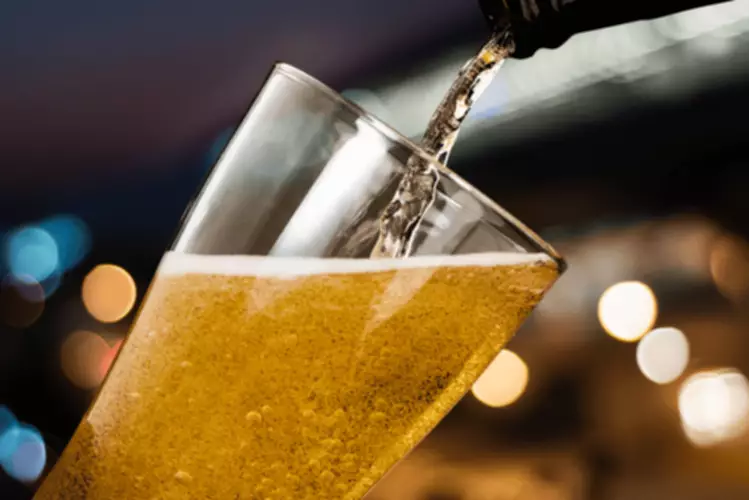There are some friends who are better left behind—those who are linked to the addictive experience. People in the throes of addiction are not capable of the best form of friendship. Further, those friends can serve as a cue that sets off drug craving and challenges the recovery process. Sustaining behavior change until new patterns become ingrained is difficult under the best of circumstances. In leaving addiction drug addiction recovery behind, most people have to restructure their everyday life, from what they think about and who they spend time with and where, to how they use their time, to developing and pursuing new goals. The shifts in thinking and behavior are critical because they lay the groundwork for changes in brain circuity that gradually help restore self-control and restore the capacity to respond to normal rewards.
Withdrawal therapy
When people take drugs, the brain is flooded with chemicals that take over the brain’s reward system and cause them to repeat behaviors that feel good but aren’t healthy. There are many different treatments that can help you during the process of overcoming an addiction, including medical and psychological approaches. There is no one “right” type of addiction treatment, although some approaches are better supported by research than others.
Decide to Change
Cognitive-behavioral therapy seeks to help patients recognize, avoid, and cope with the situations in which they’re most likely to use drugs. Overcoming a SUD is not as simple as resisting the temptation to take drugs through willpower alone. Recovery may involve medication to help with cravings and withdrawal as well as different forms of therapy.
Find Support
But cravings don’t last forever, and they tend to lessen in intensity over time. For many of those who are addicted, enduring even that action is unimaginable. What must follow is the process of behavior change, through which the brain gradually rewires and renews itself.

Recovery signals a dramatic shift in the expectation for positive outcomes for individuals who experience mental and substance use conditions or the co-occurring of the two. Alcohol and drug addiction is something to take seriously, although often overlooked. Anyone of any race, age, sexual orientation, religion, or gender can suffer from alcohol and drug addiction.Recovering from an addiction is more than just abstaining from drugs or alcohol.
- No matter which pathway of recovery a person chooses, a common process of change underlies them all.
- Recovery requires time, motivation, and support, but by making a commitment to change, you can overcome your addiction and regain control of your life.
- Treatment varies depending on the type of substance, the presence of co-occurring mental disorders and other personal factors.
- One gains more objectivity and self-acceptance, and guilt, resentments, and paralyzing shame begin to dissolve.
- This is known as post-acute withdrawal syndrome (PAWS), and it can continue for weeks, months, or even years in some cases.
It also has its own website, Gmail address, Skype, and WhatsApp accounts. The compulsivity model further links the obsession-compulsion to anxiety and distress. Someone may engage in stress-inducing behavior to relieve stress momentarily, only to experience more negative emotions afterward. Others will experience unwanted or adverse effects from porn consumption.
- However, recovery can be thought of in 4 primary phases that include withdrawal, early, middle, and late phases of recovery.
- The Stages of Change model, an integral part of TTM, incorporates an environmental dimension, examining how targeted behavior changes manifest within the broader context of an individual’s life.
- • Empowerment—finding the wherewithal to cope with recovery and the challenges of life, which breeds a sense of self-efficacy.
- Treatment should be tailored to address each patient’s drug use patterns and drug-related medical, mental, and social problems.
Caregiver Stress and Burnout
Tragically, in the media and mainstream society we hear much more about the dramatic and fiery wreckage of active addiction and relapse than we do about quiet, inspired, and inspiring stories of long-term recovery. Return to use is most common during the first 90 days of recovery. Relapse carries an increased risk of overdose if a person uses as much of the drug as they did before quitting. Not only is addiction relapse common, relapse is not considered a sign of failure.
Various barriers have made family involvement in services for substance use disorders the exception rather than the rule. In many cases, providers don’t have training or tools to know what to do. Because addiction can affect so many aspects of a person’s life, treatment should address the needs of the whole person to be successful. Counselors may select from a menu of services that meet the specific medical, mental, social, occupational, family, and legal needs of their patients to help in their recovery. At one of the many professional conferences on addiction that I attended, he gave a talk that focused on his personal recovery experience. During a powerful and moving presentation, he described being grateful to be an alcoholic.


0 Comments